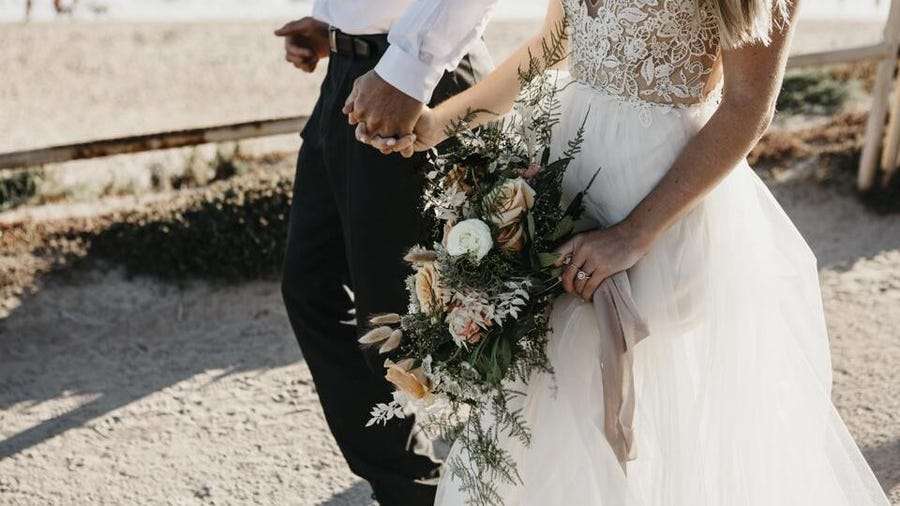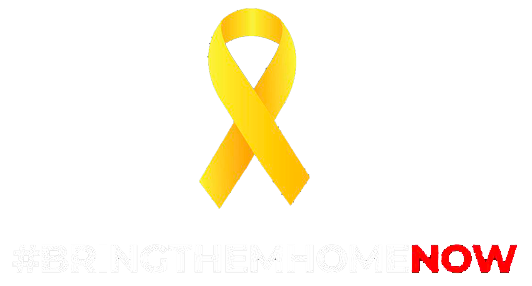Some of the products on this page come from partners who may compensate us when you click on their links or take specific actions. This helps us keep our content free. That said, our opinions are our own and based on independent analysis.
Planning weddings is a satisfying but a very risky job as it involves planning one of the most important days of a couple’s life. With this duty, however, come a lot of risks. Wedding planners, for example, risk a lot of possible liabilities ranging from vendor errors, and/or failing to meet the client’s expectations.
To protect themselves against these risks, wedding planners require wedding planner insurance. This blog details wedding planner insurance types, rates, how the quotes can be obtained among other aspects.
wedding planner insurance
A wedding planner’s insurance is a unique type of commercial insurance specifically intended to cover a wedding planner from various liabilities that are related to his or her practice. It has a cover that consists of the following areas:
- General Liability Coverage: Protects against third parties claiming bodily injury, or property damage.
- Professional Liability Insurance (Errors & Omissions): Pays off clients for occurrences that may mistake their events as having occurred, for instance, wrongly booking dates, or due to the failure of the vendors.
- Commercial Cover: Covers losses incurred to business properties such as tools and supplies.
- Workers’ Compensation Insurance: This is available in most states to firms that have employees, compensates for injuries or diseases that are as a result of work-related incidents.
For a more competitive price and comprehensive coverage, these types of policies can be combined and offered as a Business Owners Policy (BOP).
wedding planner business insurance
Each wedding planner business always faces risks and therefore wedding planner business insurance is very important. Most of the time this type of insurance is made up of several policies which are tailored to fit the challenges of wedding planners in the industry.
Wedding Planner Insurance Cost
There are variables that can increase the costs of wedding planner insurance, such as the location, the size of the business, and the types of insurance coverages selected by the customer.
- Basic Coverage: $39 a month is a ballpark figure for general liability coverage insurance
- Standard Coverage: Usually general liability insurance and property insurance go for approximately $49.
- Comprehensive Coverage: Workers’ compensation insurance is often included with a BOP for approximately $49.
The following factors that influence the costs. They include;
- Prior claims made and experience of the planner
- Type of business and number of workers
- Location and laws within the area of business
Get all the best quotes from leading providers in a click of a button!
Estimated Costs for Various Coverages
The estimated monthly costs for different types of insurance cover that fall under wedding planner insurance are summarized in the table below:
| Coverage Type | Estimated Cost (per month) | Key Details |
| General Liability Insurance | $39 | Protects against third-party bodily injury and property damage. |
| Professional Liability Insurance | $49 | Covers claims arising from professional mistakes. |
| Commercial Property Insurance | $50 | Covers damage to business property. |
| Workers Compensation Insurance | $45 | Covers medical expenses for employee injuries. |
| Event Cancellation Insurance | Varies based on policy | Covers financial losses due to event cancellations or postponements. |
Types of Coverage
General Liability Insurance
This is the basic part of wedding planner insurance. It provides protection against claims which are related to:
- Accidents (for example, a guest falls down and gets hurt).
- Damages (like when a property is damaged during the wedding).
Professional Liability Insurance
Otherwise referred to as errors and omissions (E&O) insurance, this cover is essential in shielding oneself from claims related to professional errors like:
- Not having a venue on the date that was supposed to be agreed.
- Booking the wrong services for the vendors.
Commercial Property Insurance
This protects property which is practical in nature and which is utilised in carrying the business, such as:
- Furniture and office fixtures.
- Stock, raw materials and finished products.
Workers’ Compensation Insurance
Commonly required in most states where employees are hired, this insurance provides benefits to employees who suffer injuries while performing their duties, covering their treatment and wage loss.
Event Cancellation Insurance
This unique cover is useful in reducing the impact of economic loss which arises from cancellation or rescheduling due to events outside the parties control (except communicable diseases or viruses in many instances).
How to obtain cheap Quotes for Wedding Planner Insurance
If you want the most competitive rates and coverage options for wedding planner insurance, follow the steps outlined below:
Assess Your Needs: Define the particular risks that exist from the operations of your business.
Gather Business Information: Collate information such as expected annual revenues, the number of employees, and any claims history if applicable.
Consult an Independent Agent: Working with an independent insurance agent allows the insurance seeker to have access to a variety of providers, making it easier to get a policy that fits one’s needs.
Compare Quotes: Make sure to get at least three quotes from different insurers to ensure the best price and coverage options.
Consider Bundling Policies: People should keep in mind that there are discounts provided for bundles of policies.
Conclusion
Having Wedding planner insurance or wedding planner liability insurance is a necessary requirement when practicing the profession. It protects wedding planners from legal trouble that may arise at various levels, including during the actual event’s hosting.
For further information on specific policies or to get quotes tailored to your needs, visit Insuranks and get assisted. We are here to help








